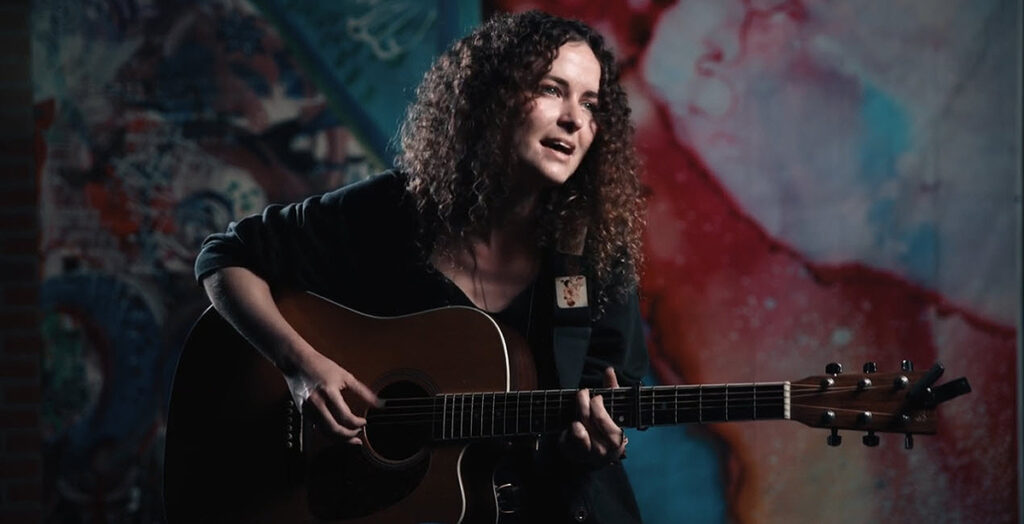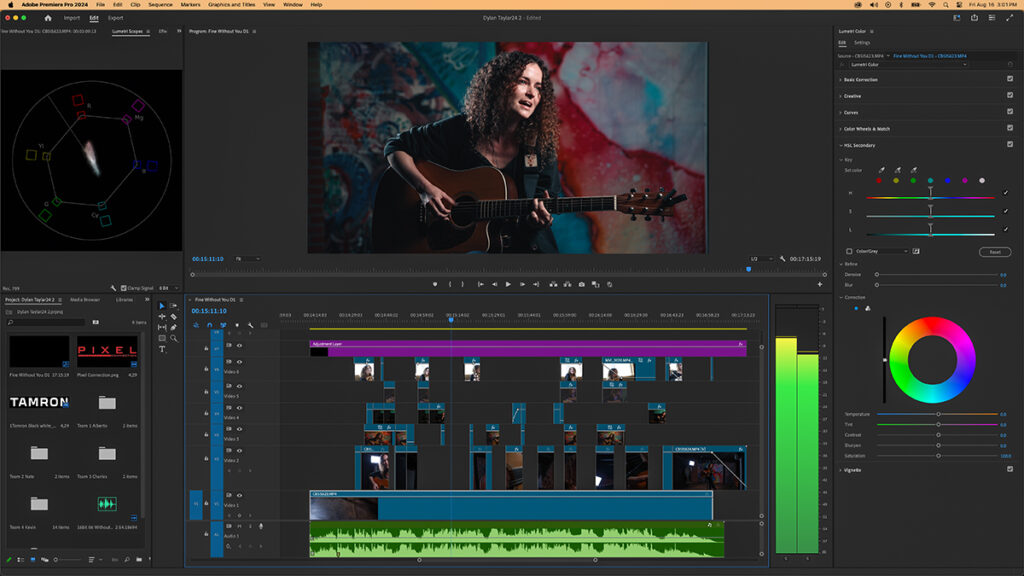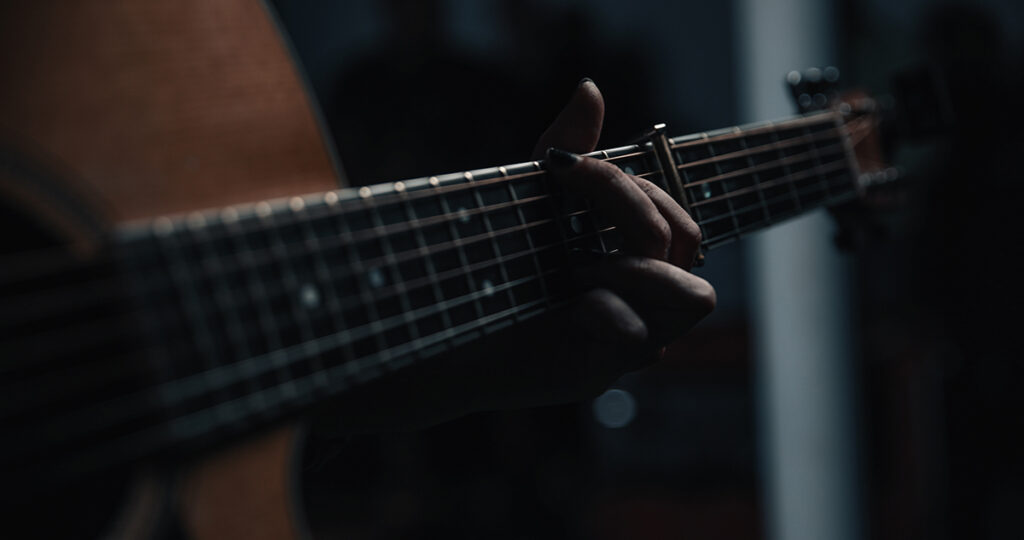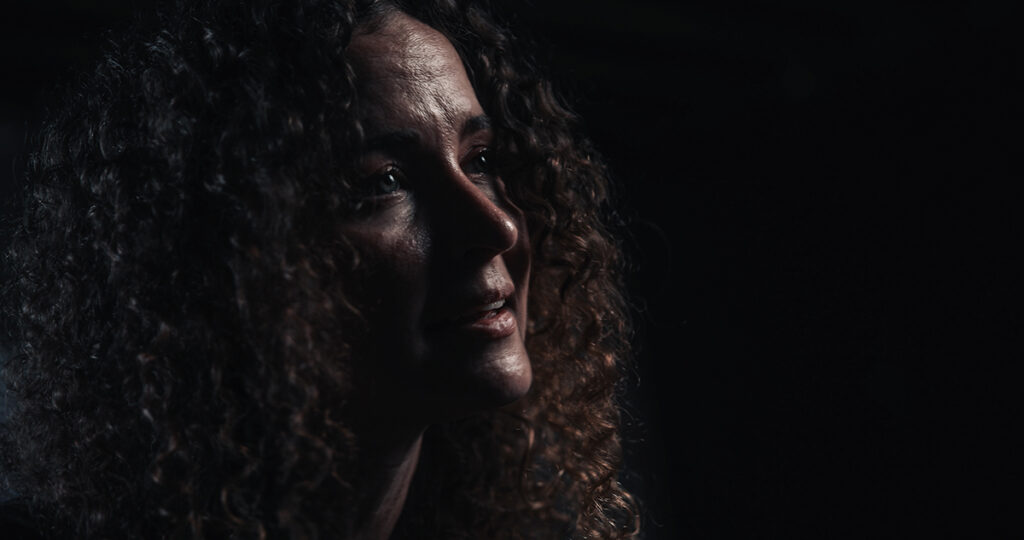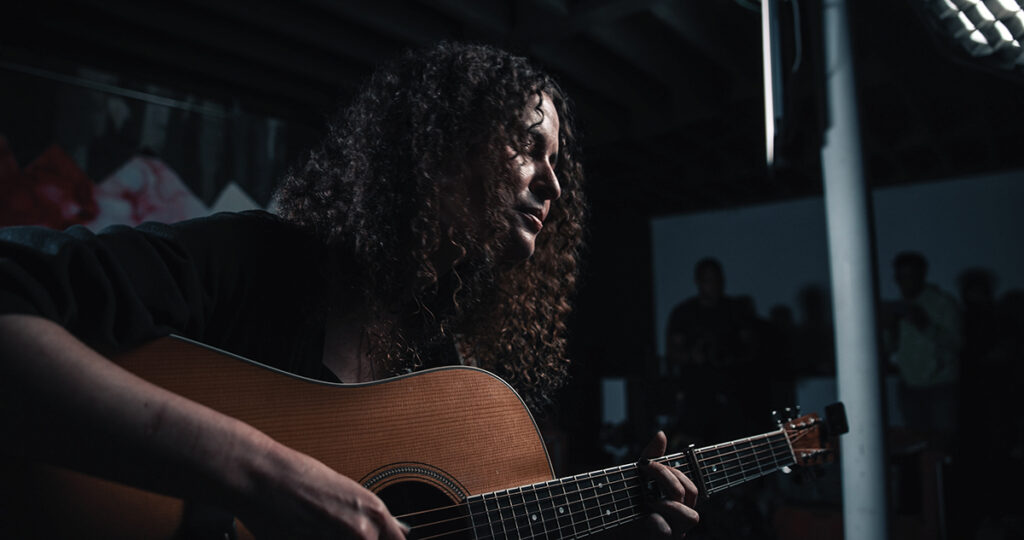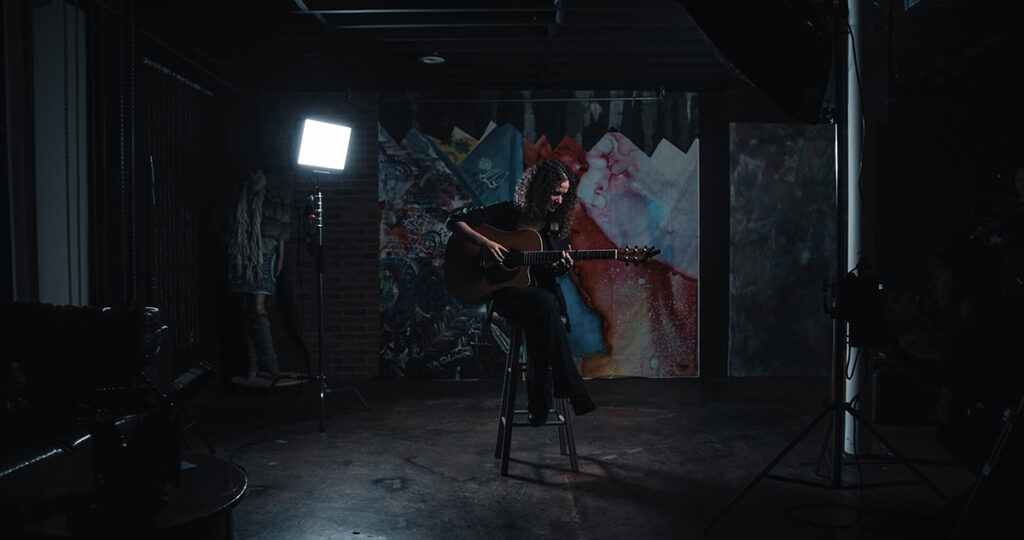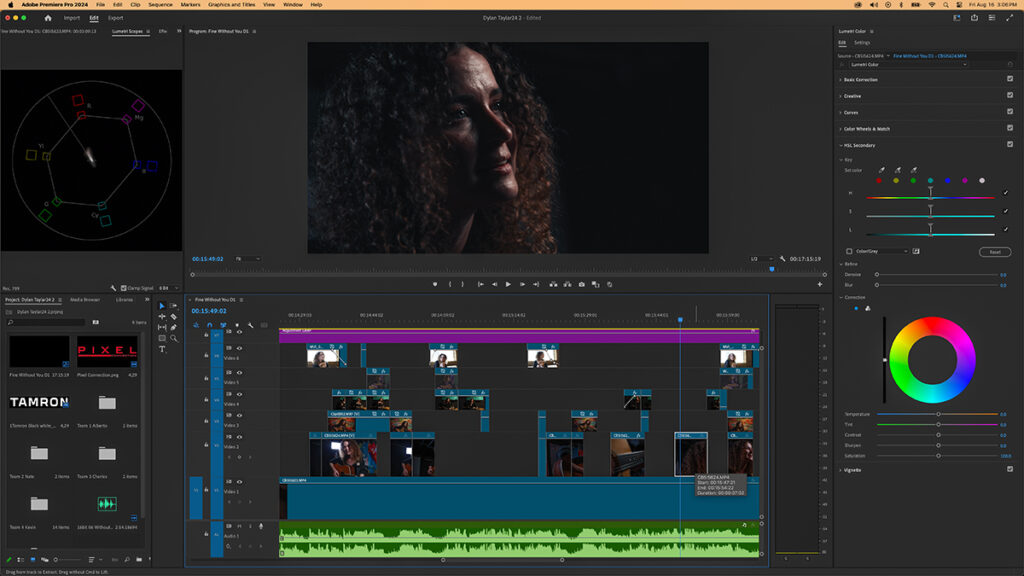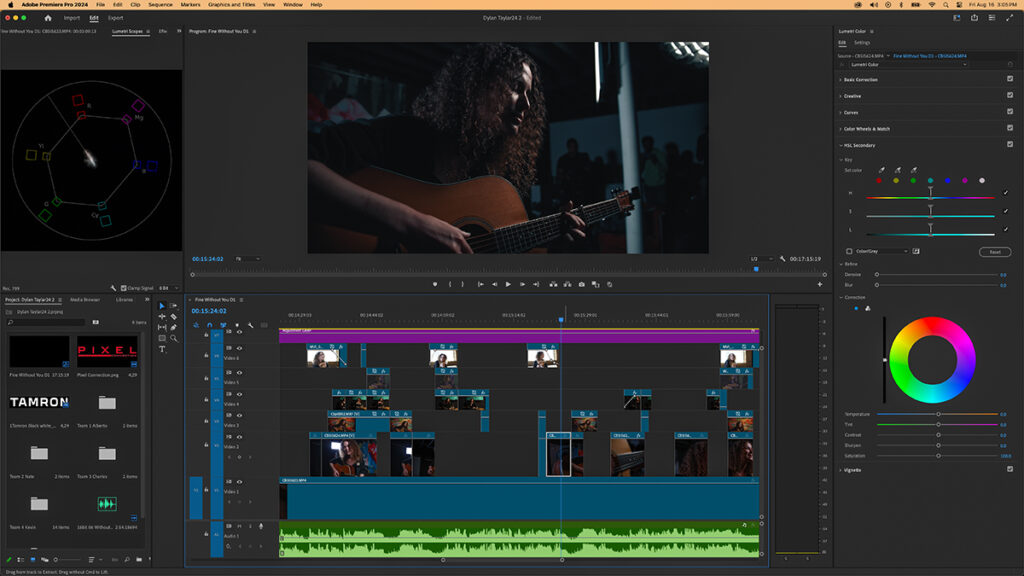Si quieres crear vídeos musicales visualmente cautivadores con un equipo y una configuración mínimos, no busques más. Este tutorial de dos tomas del aclamado cineasta Charley Voorhis ofrece una clase magistral de simplicidad y narración. Utilizando sólo un plano principal y un plano variable, Charley demuestra claramente cómo crear vídeos dinámicos e impactantes. Como resultado, estos vídeos cautivan al público sin necesidad de recurrir a complejos montajes o excesivas tomas. Tanto si eres un videógrafo en ciernes como un experimentado creador de contenidos, su guía práctica y rica en imágenes te guía a la perfección por el rodaje y la edición. Por último, te muestra cómo pulir tu vídeo musical utilizando sólo dos ángulos bien planificados, ofreciendo resultados profesionales con el mínimo esfuerzo.
Imágenes y consejos de Charley Voorhis
Lo que aprenderá en este post:
- Cómo planificar y realizar un vídeo musical convincente utilizando sólo dos planos de cámara
- La diferencia entre una toma maestra y una toma variable, y cómo contribuye cada una de ellas al montaje final.
- Técnicas de sincronización y edición eficaz de pistas de vídeo para mantener el ritmo del audio.
- Consejos para pulir los cortes creativos, la gradación del color y las transiciones durante la postproducción.
- Consejos para adaptar el método de dos tomas a proyectos con varias tomas y sincronizar actuaciones de audio en directo
CONSEJO 1: Haz una toma maestra
Esta toma de nuestro tutorial de vídeo musical de dos tomas debe ser estéticamente agradable y fiable. De hecho, creo que esta toma es la base del vídeo musical. De hecho, creo que esta toma es la base del vídeo musical, porque puedo recurrir a ella en cualquier momento de la actuación. Por eso no me arriesgo mucho en esta toma y dejo que sea la interpretación del músico la que lleve la voz cantante. La mayor parte del tiempo, bloqueo esta toma de forma estática, aunque de vez en cuando incorporo panorámicas o giros lentos y estables para conseguir un movimiento sutil...
Por cierto, mis tomas para este vídeo fueron creadas con el Tamron 35-150 mm F/2-2,8 Di III VXD. Gracias a sus impresionantes capacidades con poca luz, era ideal para captar la atmósfera que necesitaba...
Haga clic en las imágenes para ver los videoclips.
CONSEJO 2: Graba un plano variable - El segundo de este tutorial de vídeo musical de dos planos
El objetivo principal de esta toma es asumir riesgos, explorar ángulos, composiciones y movimientos. A menudo grabo esta toma cámara en mano o con un cardán, y el objetivo principal de esta toma es captar la variedad. Cuanta más variedad de ángulos y composiciones consiga en esta toma, más dinámico será mi vídeo. Por lo tanto, A menudo animo al músico a que reproduzca la misma interpretación que hizo durante la toma maestra; sin embargo, se trata de una decisión subjetiva y artística.
CONSEJO 3: Editar el vídeo
La toma maestra se asigna a la pista uno de la línea de tiempo de vídeo. Idealmente, si todo ha ido según lo previsto durante el rodaje, no debería ser necesario hacer ningún recorte de esta toma en la línea de tiempo. Entonces, Sincronizo la toma variable encima de la toma maestra en la pista dos. Después de eso, Una vez sincronizadas las dos tomas con la pista de audio, filtro todos los momentos inservibles de la toma variable. Esto dejará una secuencia troceada de vídeo en la pista dos. En este punto, es importante que, una vez sincronizadas todas las pistas con el audio, los clips no se desplacen hacia delante o hacia atrás en la línea de tiempo. Para ello mantendrá sincronizados todos los vídeos editados
CONSEJO 4: Pulir la edición - El último paso de nuestro vídeo tutorial de dos tomas
Esta fase del proceso consiste en tomar decisiones creativas. Al mismo tiempo, es importante prestar mucha atención a cómo se suceden las tomas. Además, en este punto del proceso de edición empiezo a tomar decisiones creativas sobre el aspecto general del vídeo, como el color, los estilos y las transiciones.
CONSEJO 5: Nota especial
Este tutorial de vídeo musical de dos tomas describe un proyecto de dos tomas, pero este mismo proceso puede ampliarse para incluir tantas tomas como desees.
En cuanto al audio: Este tipo de proyecto se realiza más fácilmente utilizando una versión pregrabada de la canción y haciendo que el artista la interprete. Si el audio se graba en directo durante las tomas, es muy recomendable que cada toma se realice con una pista de clic para garantizar que todas las tomas se sincronizan en la edición.
Simplicidad y potencia
Crear un vídeo musical no tiene por qué ser complicado. Charley Voorhis demuestra que sólo hacen falta dos planos bien pensados. Un plano principal sólido y una variable creativa pueden resaltar la interpretación y la emoción. Estos dos ángulos ayudan a crear un vídeo visualmente atractivo y expresivo. Ya sea en solitario o con un equipo, este enfoque simplifica las cosas. Te permite centrarte en la narración, el ritmo y la expresión emocional. Adopta la sencillez y deja que tu vídeo musical brille con claridad. El impacto viene de la visión, no de la complejidad.

